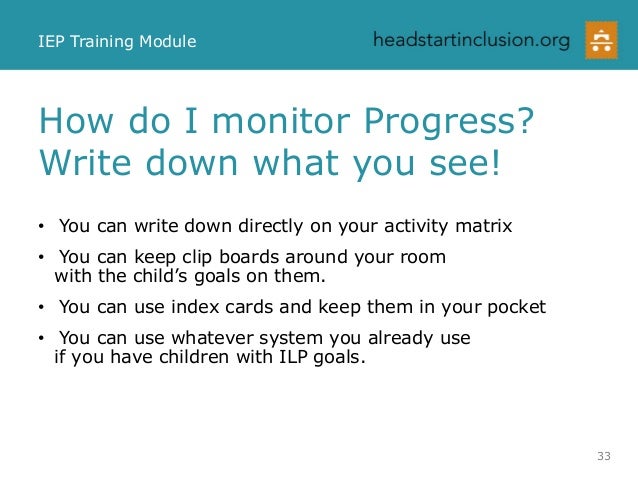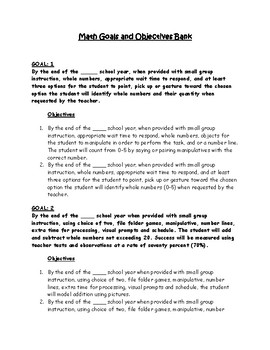
a water/sensory table or several Rubbermaid type buckets, one for each sensory type, like beans, rice etc. sufficient playground time to swing or hammock swing in class. A partial equipment list necessary for this approach: For example, when Max's behavioral therapist, early intervention therapist, occupational therapist or speech therapist incorporate movement into intervention, Max vocalizes more frequently, his attention span is sustained, and responds more consistently. Max vocalizes most frequently when teaching is combined with movement. Materials and approaches that support current level of performance. jump on trampoline without holding adults hands. make sharp turns around corners when running. demonstrate awareness of class routines. identify objects from group of familiar objects on demand. bring objects from across room upon request. point to body parts, clothing on demand and during games. imitate gestures and respond to "do this" by imitating. put outerwear or other belongings away in cube. pour liquid from small container (juice into cup, water table). understand and stay away from common dangers. pull up and down own elastic-waist pants. wave to greet mom upon departure and arrival. imitate housework - symbolic play with realistic props. interact with peers using gestures, like high five, smiling pointing, nodding, shaking no, waving. take pride in achievements by bringing projects to teacher or parent's attention. participate in circle games, plays interactive games such as dancing, marching, duck duck goose, patty cake, hot potato. hold crayon or small pencil with thumb and fingers. manipulate new object each day (tactile books, art materials, taste, temperature, texture, sound). touch point an item he wants without physical assistance. point to item out of reach with verbal cue. engage in simple make believe activities (cooking, doll play). find detail in favorite picture book by pointing ("point to the dog on this page"). answer basic questions about present events. use self-centered pronouns (I, me, mine). use voice in conjunction with pointing produces the following sounds clearly: p, b, m, k, g, w, h, n, t, d. name 20-50 familiar objects, actions, people and pictures. use exclamatory expressions "oh-oh" and "no-no". gesture spontaneously to indicate needs (pointing, "miming" for adult what he wants). will consistently vocalize or approximate word when prompted. climbs and descends a flight of stairs unassisted. 
recognizes several people in addition to family members.takes stack rings apart and puts together in proper order.can do 6 piece formboard puzzles with or without pegs.distinguishes between angry and friendly voices.cooperates with dressing by extending arms and legs.holds spoon and feeds self for some foods.separates easily in familiar surroundings.shows likes/dislikes for certain people, objects, places.distinguishes self as separate from parent.vocalizes attitudes other than crying - joy, anger.produces these sounds frequently in babbling: b, m, p, d, t, n, g, w, h, f, v, th, s, l, r.
 babbles consonant chains "babababa" or double consonants "baba".
babbles consonant chains "babababa" or double consonants "baba". 
These are just SAMPLE goals and objectives! Please be sure to customize goals and objectives that meet your child’s individual needs. NOTE: It is important to identify Current Level of Performance vs. These are goals and objective set up by a “SUPER MOM” Holly Bortfeld. Autism Families Newly Diagnosed Initiative.Sample Goals and Objective Sample #1 - The Autism Community in Action (TACA) Search for:







 0 kommentar(er)
0 kommentar(er)
